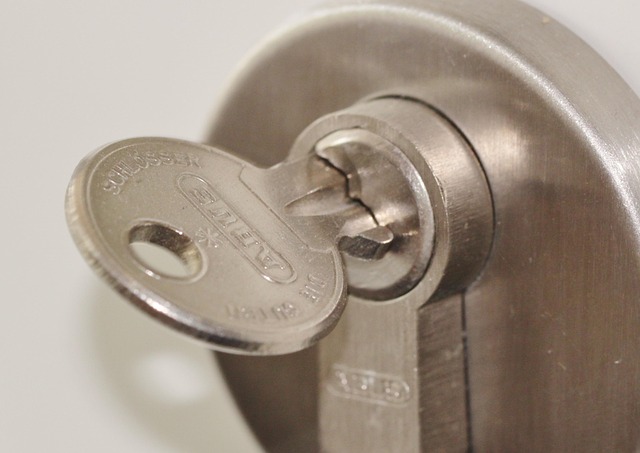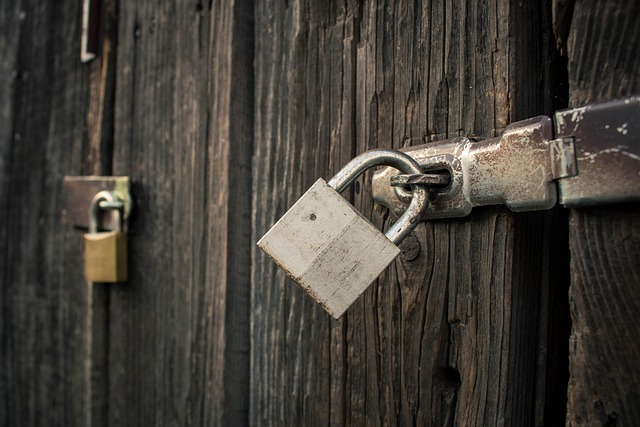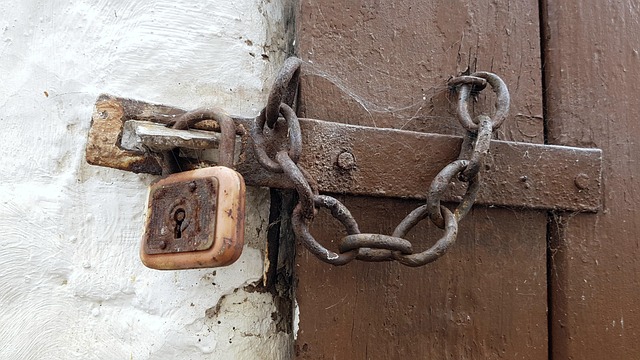Integrating an easy-to-use home security system with emergency response networks is vital for senior citizens' safety, providing swift assistance in falls or medical crises. These systems offer simplicity with large buttons and clear audio cues, enabling seniors to request help via touch or voice. Smart automation enhances efficiency through automatic fall detection and instant alerts to caregivers and authorities. Regular maintenance and caregiver training ensure a tailored network that promotes independence while guaranteeing timely support.
In the pursuit of enhancing senior safety, integrating emergency response systems into home security has become paramount. This article explores how seamless integration can transform aging-in-place by leveraging easy-to-use home security systems. We delve into the benefits, key components, implementation strategies, and maintenance practices to ensure comprehensive senior safety. By understanding these aspects, caregivers and seniors can navigate an increasingly digital world with enhanced peace of mind.
- Understanding Senior Safety and Emergency Response Integration
- Benefits of Easy-to-Use Home Security Systems for Seniors
- Key Components for Effective Emergency Response Integration
- Implementing and Maintaining a Comprehensive Senior Safety System
Understanding Senior Safety and Emergency Response Integration

Integrating senior safety with emergency response systems is paramount in ensuring the well-being of an aging population. Senior citizens often require specialized care and support during emergencies due to age-related health conditions or mobility issues. An easy-to-use home security system plays a pivotal role here, as it can serve as a critical link between seniors and emergency services. These systems are designed to be user-friendly, allowing seniors to quickly request assistance without the need for complex interactions.
By seamlessly integrating these security systems with emergency response networks, help can be dispatched promptly in case of falls, medical emergencies, or other incidents. This integration ensures that senior citizens, especially those living alone, have access to timely support and care, enhancing their safety and peace of mind. Advanced home security technology, when coupled with emergency response coordination, has the potential to save lives and improve the overall quality of life for seniors.
Benefits of Easy-to-Use Home Security Systems for Seniors

For seniors, ease of use is a critical factor when considering home security systems. Easy-to-use home security options are designed with simplicity in mind, ensuring that users can quickly and confidently activate or deactivate protection without any frustration. Large buttons, simple interfaces, and clear audio cues make these systems accessible, allowing seniors to feel secure in their homes while maintaining independence.
Such security systems often come equipped with essential features like automatic fall detection, emergency call buttons, and motion sensors, all presented in a user-friendly manner. This integration of safety and simplicity is particularly beneficial for an aging population that might face challenges related to dexterity or memory. With just a touch or voice command, seniors can connect to emergency services, ensuring swift assistance in case of accidents or unexpected situations.
Key Components for Effective Emergency Response Integration

In the realm of senior safety, effective emergency response integration is paramount. The key components for achieving this lie in a harmonious blend of advanced technology and user-friendly design. An easy-to-use home security system plays a pivotal role, offering seniors and their families peace of mind through rapid alert mechanisms and remote monitoring capabilities. These systems should seamlessly integrate with local emergency services, enabling swift intervention during critical situations.
Additionally, smart home automation enhances response efficiency by facilitating the automatic detection and communication of emergencies. Voice-activated assistants and motion sensors can act as vigilant guardians, alerting care providers or authorities instantly. User-friendly interfaces that are accessible and intuitive for seniors further ensure that help can be requested promptly, fostering a safer living environment without compromising independence.
Implementing and Maintaining a Comprehensive Senior Safety System

Implementing and maintaining a comprehensive senior safety system involves integrating various components to ensure an easy-to-use home security network. The first step is assessing the unique needs and preferences of the elderly individual or individuals living in the home. This includes evaluating their mobility, cognitive abilities, and specific safety concerns. Once these factors are understood, a tailored system can be designed. Easy-to-use home security devices such as smart door locks, motion sensors, and fall detection wearables can be deployed to monitor access points and detect unusual activities or falls.
Regular maintenance is crucial for the effective operation of these systems. This includes updating software, replacing batteries, and ensuring all devices remain functional and connected. Caregivers or family members should receive proper training on how to operate and manage the system, enabling them to respond promptly to any alerts or incidents. By implementing and maintaining a robust senior safety system, individuals can live independently with peace of mind, knowing that their home is secure and that help can be accessed quickly when needed.
Integrating emergency response systems with senior safety is no longer a consideration but an imperative. By embracing easy-to-use home security solutions, we can empower seniors to live independently while ensuring swift assistance during emergencies. Through key components like automatic fall detection, smart alerts, and seamless connectivity, these systems offer peace of mind for both seniors and their loved ones. Implementing and maintaining comprehensive senior safety systems requires collaboration between technology developers, healthcare providers, and government agencies. Together, we can create a safer, more inclusive world for our aging population.
